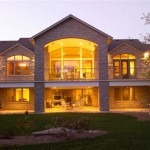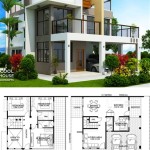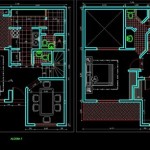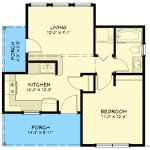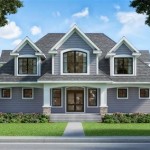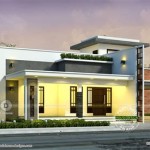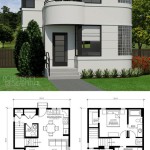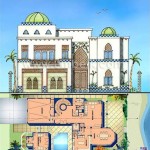Essential Aspects of Biltmore House Plans
Biltmore House, the largest private home in America, is a testament to the grandeur and opulence of the Gilded Age. Designed by renowned architect Richard Morris Hunt, the house is a masterpiece of design, featuring a blend of architectural styles and an innovative use of materials. If you're considering building a home inspired by Biltmore, understanding the essential aspects of its plans is crucial.
Architectural Style: Châteauesque Revival
Biltmore House embodies the Châteauesque Revival style, popular in the late 19th century. The style is characterized by its steep, pitched roofs, tall spires, and intricate stonework. Biltmore features a dramatic central tower that dominates the exterior, along with numerous turrets, gables, and balconies. The exterior walls are clad in a combination of limestone and brick, giving the house a timeless and elegant appearance.
Asymmetrical Floor Plan:
Unlike traditional symmetrical floor plans, Biltmore's plan is purposefully asymmetrical. Hunt designed the house around a central courtyard, with rooms arranged in a complex and interconnected fashion. The asymmetry creates a sense of movement and exploration within the house, with hidden nooks, secret passages, and unexpected vistas.
Grand Public Spaces:
Biltmore House was designed to impress guests. The public spaces are grand and opulent, with soaring ceilings, intricate plasterwork, and elaborate fireplaces. The main entrance hall, the Great Hall, is a masterpiece in itself, featuring a marble staircase, massive stained-glass windows, and a vaulted ceiling adorned with gold leaf.
Private Quarters:
In contrast to the grandeur of the public spaces, the private quarters of Biltmore are more intimate and comfortable. The family bedrooms are spacious and well-appointed, with private sitting rooms and en suite bathrooms. The master suite, occupied by George and Edith Vanderbilt, is particularly impressive, featuring a private library, dressing room, and a terrace overlooking the gardens.
Technology and Innovation:
Biltmore House was built using the latest technology of its time. Hunt incorporated electric lighting, central heating, and running water throughout the house, which were considered luxuries at the time. The house also featured an innovative system of forced air ventilation, designed to maintain a comfortable temperature in all seasons.
Gardens and Grounds:
The gardens and grounds of Biltmore are an integral part of the overall design. Frederick Law Olmsted, the renowned landscape architect, created a series of formal gardens, naturalistic woodlands, and tranquil ponds surrounding the house. The gardens feature a diverse collection of plants and sculptures, creating a stunning visual experience that complements the grandeur of the house.

Biltmore 121 Southern House Plans Castle Floor Plan

Biltmore Estate Floor Plan Mansion Castle Minecraft House Plans

Nc State University Libraries Rare And Unique Digital Collections

Biltmore House 2nd Floor Floorplan Estate Asheville

Biltmore House 3rd Floor Floorplan Plans Estate

Biltmore 123 House Floor Plans

Biltmore House Ground Floor Floorplan Estate Plans

Biltmore House Basement Floor Plan Plans

Biltmore Estate For George Vanderbilt Ii Asheville North Ina Swine Herder S Cottage First Floor Plan Library Of Congress

Who Runs The House Differences In Domestic Service Biltmore

